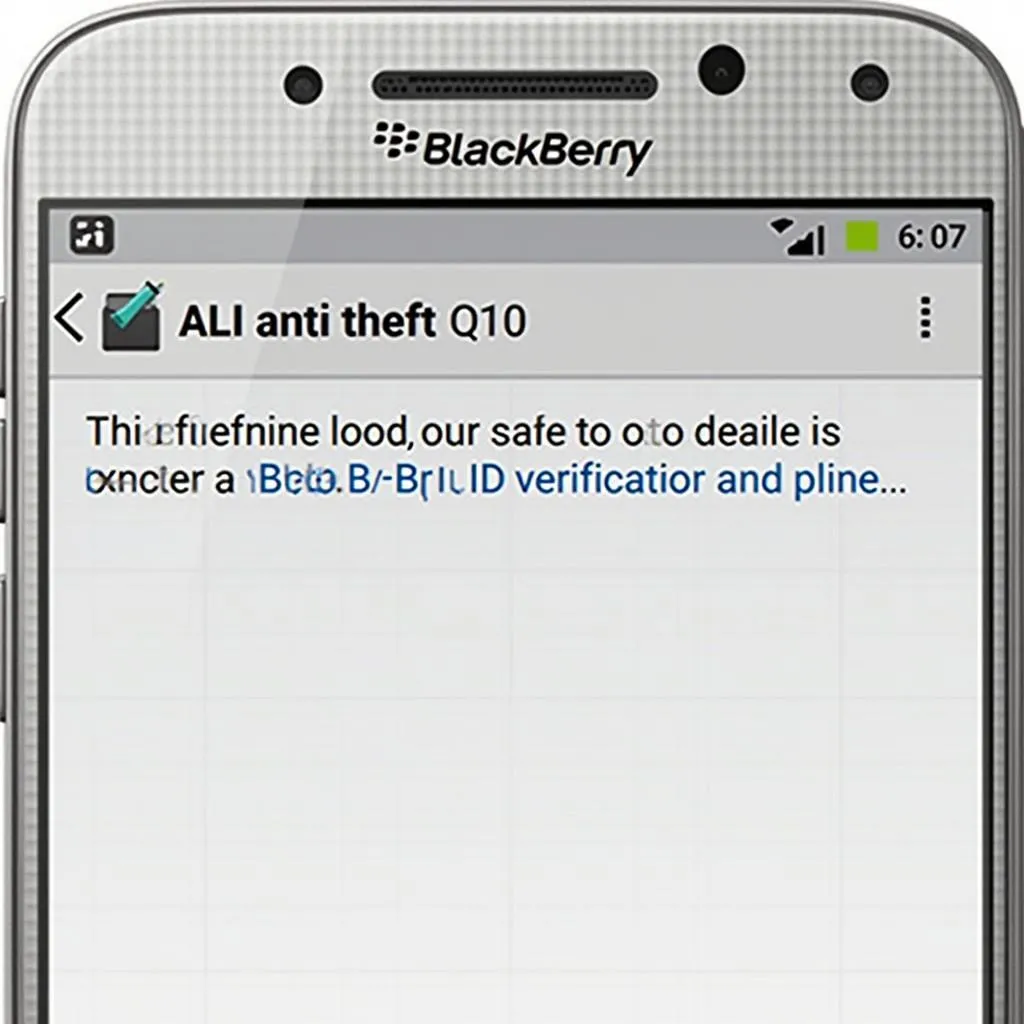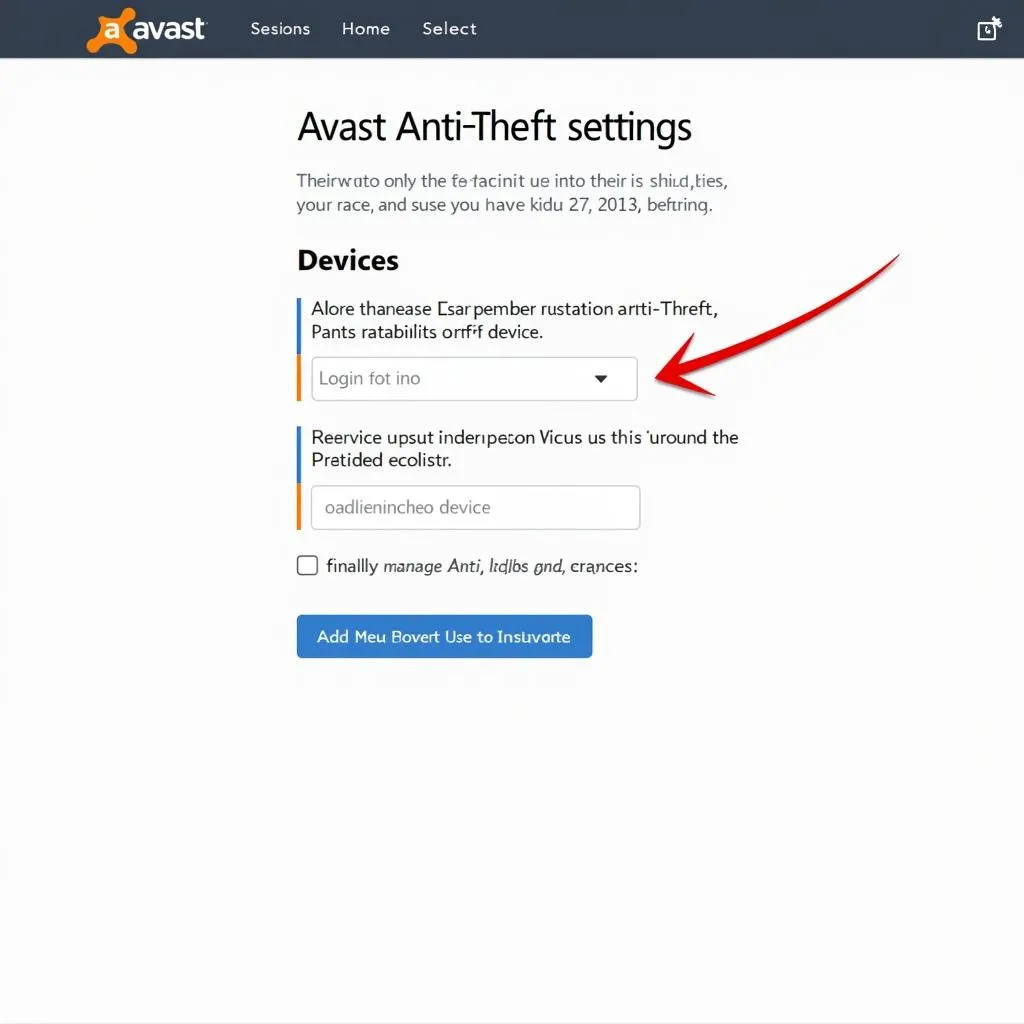The Audi Q5 AdBlue system is a crucial part of the vehicle’s emissions control system, and a fault in this system can lead to a number of problems, including reduced engine performance and a warning light on the dashboard. This guide will walk you through the process of resetting an Audi Q5 AdBlue system fault, providing a step-by-step approach that even beginners can follow.
Understanding AdBlue System Faults
The AdBlue system in your Audi Q5 is designed to reduce nitrogen oxide (NOx) emissions from the exhaust system. It injects a solution of urea into the exhaust stream, where it reacts with NOx to convert it into harmless nitrogen, carbon dioxide, and water. A fault in the AdBlue system can be caused by a variety of factors, including:
- Low AdBlue level: The AdBlue tank needs to be regularly refilled, and a low level can trigger a warning light and limit engine performance.
- Faulty AdBlue sensor: The sensor monitors the AdBlue level and quality, and if it malfunctions, it can cause the system to malfunction.
- Clogged AdBlue lines: The lines that transport AdBlue to the exhaust system can become clogged with debris or crystals, causing a blockage.
- Malfunctioning AdBlue pump: The pump is responsible for delivering AdBlue to the exhaust system, and a malfunction can prevent the system from working properly.
- Software issue: In some cases, the AdBlue system may experience a software issue that needs to be addressed through a software update or reset.
How to Reset an Audi Q5 AdBlue System Fault
While resetting an AdBlue system fault may seem daunting, it can be done relatively easily with the right knowledge and tools. Here are the steps to follow:
-
Check the AdBlue Level: The first step is to check the AdBlue level in your vehicle. You can do this by consulting the information display on your dashboard or using the dip stick provided in your owner’s manual. If the level is low, refill the AdBlue tank with a high-quality AdBlue solution.
-
Inspect the AdBlue Lines: If the AdBlue level is sufficient, inspect the AdBlue lines for any visible damage, leaks, or blockages. Check for any signs of corrosion or crystallization.
-
Reset the AdBlue System: If you have checked the AdBlue level and the lines are clear, you can try resetting the AdBlue system by following these steps:
- Start the engine and let it idle for a few minutes.
- Turn the ignition key to the “off” position and wait for 10 seconds.
- Turn the ignition key to the “on” position (without starting the engine) and wait for 10 seconds.
- Repeat steps 3 and 4 for a total of five times.
-
Check for Fault Codes: If the AdBlue system fault persists after resetting, you may need to check for fault codes using an OBD-II scanner. This will provide a more specific diagnosis of the issue and can help pinpoint the source of the problem.
-
Consult a Professional: If you’re not comfortable with troubleshooting and resetting the AdBlue system, it’s best to consult a qualified technician. A mechanic can properly diagnose and fix the problem, ensuring your vehicle’s emissions system is functioning correctly.
Frequently Asked Questions (FAQs)
1. How often should I refill the AdBlue tank?
The AdBlue tank in an Audi Q5 typically holds enough solution for approximately 6,000 miles of driving. However, the exact range will depend on driving conditions and habits. It’s recommended to check the AdBlue level regularly and refill it when necessary.
2. Can I use regular diesel fuel in the AdBlue tank?
No, absolutely not! Using regular diesel fuel in the AdBlue tank can severely damage your vehicle’s emissions system. Always use only high-quality AdBlue solution, which is specifically designed for this purpose.
3. What happens if I ignore an AdBlue fault?
Ignoring an AdBlue fault can lead to several problems, including reduced engine performance, increased emissions, and even engine damage in extreme cases. If you encounter an AdBlue fault, address it promptly to avoid potential issues.
4. Is it possible to disable the AdBlue system?
While some individuals may attempt to disable the AdBlue system, this is generally not recommended. The AdBlue system is a critical part of your vehicle’s emissions control system, and disabling it can result in legal penalties and environmental damage.
Conclusion
Successfully resetting an Audi Q5 AdBlue system fault can be a straightforward process, but it’s important to follow the correct steps and consult a professional if needed. By understanding the fundamentals of the AdBlue system and taking proactive measures, you can ensure your vehicle’s emissions control system remains in optimal working order. Remember, a healthy AdBlue system not only benefits the environment but also contributes to a smoother and more efficient driving experience.


